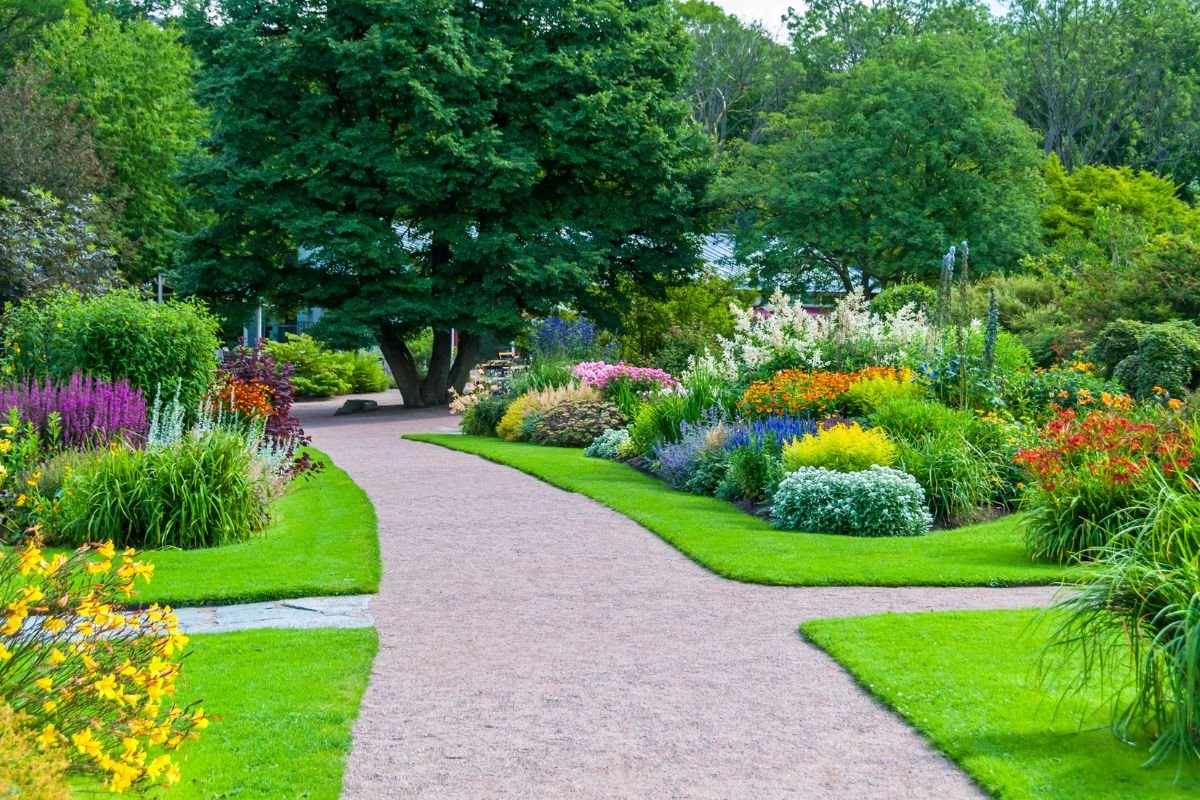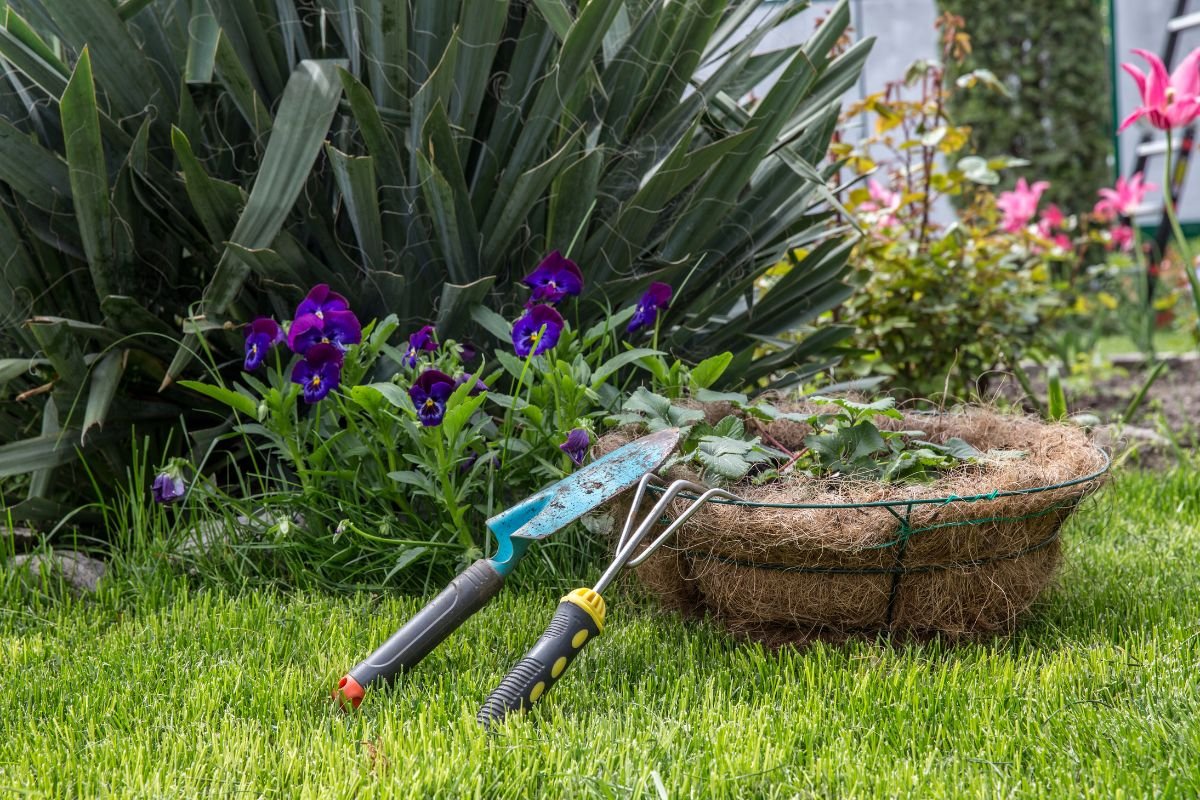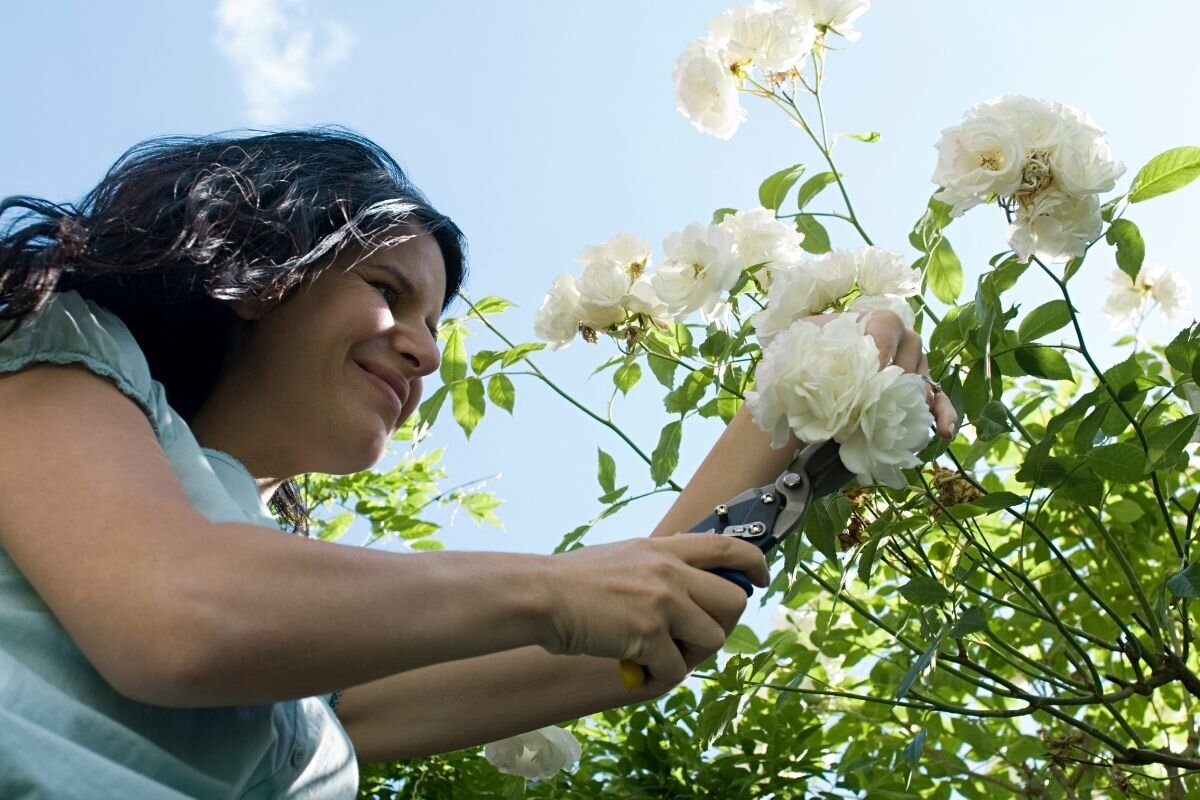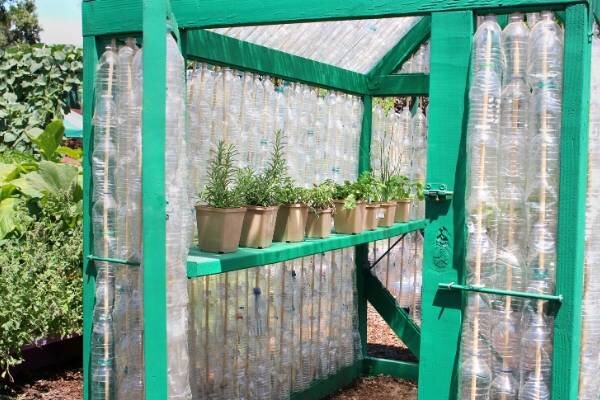1. Consider the plant’s position or location
One of the most important things to decide on when starting to arrange your garden and choosing the plants and flowers you want to plant is their position or location. When choosing the right spot for your plants, it is helpful to consider exactly where you’ll put them. For example, some plants need direct sunlight, so maybe you need to find a spot in your garden that meets these requirements. On the other hand, there are plants that love some shade, so you need to make sure that you put these on cool shady spaces.
2. Think about height arrangement
One of the common mistakes beginner gardeners do is to not anticipate the heights the plants are supposed to have in the future. They need to have good space and height arrangements between them so they develop healthily. A tip that could help you create a “balanced” garden is to plant taller plants at the back. This will allow you to easily care for them and they will not kill the smaller plants next to them.
3. Choose the right timing
As you may know, there are plants specific to every season. The time you choose to plant certain varieties can have a huge impact on their development and growth. In many cases, the right plant time would be in the dormant season, meaning from late fall to early spring. Of course, this highly depends on your location’s climate conditions too. Do some research beforehand and choose the right timing according to your country or area. Some plants can be planted throughout the whole year, although they will require extra attention from you.
4. Know your soil type
Gardening seems easy on paper, but it involves so many factors that plants depend upon that could affect their growth. Soil type is a major, and knowing the exact soil type you have can help you choose the right plants. Loam, clay, and sand are some of the most common types of soil. Knowing the type you have in your property will help you discover what additives you need to choose to improve your soil’s existing properties.
5. Do a rapid soil test
One of the easiest ways to know what exactly your soil needs is to do a rapid soil test. There are kits available online that give you results for Nitrogen, Phosphorus, and soil pH levels instantly. Because feeding your soil means feeding your plants, knowing what exactly it needs can help you choose the right soil amendments.
6. Consider organic compost
Compost is a natural fertiliser proven beneficial for garden plants. It is made of organic matter that has been decomposed, so it has all the nutrients plants need. You can buy compost from your local gardening store or you can try making it yourself. To get it started, you need to have a compost bin and add in your kitchen and yard waste.
7. Keep a gardening journal
No matter how big your garden is, you need to keep track of the assortment of plants you put in. Maybe you have planted vegetables and harvest time is close by. Or maybe you have planted some beautiful flowers that need seasonal care. Knowing where you have planted each specific type will help you keep track of what’s going on and also give your plants the care they need.
8. Don’t put vegetables next to flowers
One of the mistakes many gardeners make is to plant vegetables next to flowers. If you want your vegetables to grow and harvest some of them later, you need to put extra attention to where you put them. Tall flowers can shade vegetables, so it’s not a good idea to put them next to each other and it’s better to keep them separate.
9. Be careful with watering
Watering your plants too much or too less can affect them in so many ways. It is therefore important to know exactly how to care for each variety, including how much water they need and how often you need to water them. When watering your plants, there are also recommended times — some you’re supposed to do early in the morning while others in the evening.
10. Pick native plants
People love plants that are colourful and bright. They instantly turn regular-looking gardens into splendid-looking ones. However, when choosing the right plants for your garden, it is important to pay attention to your location and the conditions in your area. If winters are very cold for example, you cannot choose plants that usually grow in tropical climates. So the best option would be to choose plants native to your area, to make your gardening easier. For sure you will discover plenty of options.
11. Choose low maintenance plants
If the variety of plants in your area is limited, you can look for low maintenance plants. These are easy to grow almost everywhere and they only require basic or minimal care. Among these are shrubs, flowering perennials, and ornamental grass.
12. Rotate your crops every year
One mistake many beginner gardeners make is to plant the same vegetables and flowers in the same place all the time. However, doing this can deplete the soil of its nutrients and it may negatively affect the growth in your garden. So every year you can rotate where you plant your veggies and flowers to keep the soil healthy and rich.
13. Consider planting herbs
Herbs are used both in gastronomy and as decoration, so they make great choices for beginner gardeners. Some of them need little maintenance and even produce beautiful flowers. Some of these take longer to germinate, so just be patient and they’ll soon turn into lovely ornaments and tasty ingredients.
14. Use the right gardening tools
You can’t be serious about your gardening if you do not have even the basic tools. The right gardening tools are a essential whether you’re gardening in pots, garden beds, or directly in your yard. A good pair of gloves, shovel, spade, fork, and a rake are some of the things you need to get started if you want to be serious about this craft.
15. Companion planting
One of the most amazing things about plants is that some of them have learned to grow together and mutually benefit each other. When planting vegetables, you could consider companion planting. Some plants protect others and help them have control over the pests. For example, you could plant tomatoes, onions, carrots, and cabbages together.
16. Container gardening
As more people became interested in gardening during the lockdown, some have realised that their patio space or backyard is limited. Container gardening is a great way to start, especially if you are a beginner. You can choose plants that need extra attention and maintenance and keep them inside during the cold season.
17. Use eggshells to start seeds
Eggshells contain a high amount of calcium, a natural nutrient many plants need. You can start seeds in eggshells, and then plant the eggshell. The plant will take in all the nutrients it needs to grow.
18. Or just add eggshells to your plants
Simply smashing eggshells and adding the bits to the soil will make nutrient-rich pots or plant beds. Among the plants that benefit the most from eggshells include tomatoes, eggplants, broccoli, cauliflower, and peppers among others.
19. Citrus peels
If your soil is not acidic enough and you happened to have purchased a plant that loves acidic soil, this tip is for you. To make your soil more acidic, you can rinse the citrus fruits peels from your kitchen, grind them, and add them to the soil.
20. Or make citrus pots
Another way to help your plants grow is to start seeds in citrus pots. This works best with tomatoes, who take nutrients from the citrus pots. When the plants start growing, you could move them in a bigger pot.
21. Build a bee house
We all know that bees have incredible benefits for our gardens, pollinating the flower and producing honey. But many gardeners use solutions that are unfriendly to the bees and these might negatively affect them and significantly reduce their population size. Building a bee house for your garden can help the bees survive. Many online videos and internet resources can help you want to do it yourself.
22. Add a bug hotel
Bugs are also part of nature and an attempt to completely eliminate them from your garden wouldn’t do any good. Building a bug hotel can help you keep them away from the veggies and plants if you suspect some of them would harm plant growth.
23. Pet-friendly plants
If you are a beginner gardener who also has pets, you should know that some plants that look good can be toxic to both cats and dogs. For example, spring bulbs should be kept away from dogs, especially from the ones that like digging. Lilies are deadly for cats, while oleanders are toxic for all animals.
24. Organic pest control
One of the most challenging things in your garden involves pest control. They can eat your crops and leave you with nothing to harvest, so keeping them under control is important. Instead of choosing a chemical pest control, you could choose an organic one. This will ensure the health of the soil for a long time.
25. Use mulch
Mulch is a layer of material applied over the soil to protect the roots from direct sunlight and during cold seasons. But apart from these, mulch is also used to moist the soil, regulate its temperature, and suppress weed growth.
26. Root out grasses
Some weeds can be intrusive for your plants, affecting their growth negatively. So, you need to root out highly resistant grasses to create space for the root of your plants.
27. Learn about the beneficial insects
There are less than 5% intrusive insects for your plants. Many of the insects you probably saw in your garden help you keep pests away, so don’t get rid of them. Among the beneficial insects in your backyard are ladybugs, spiders, and ground beetles.
28. Choose cloudy days to plant
How the weather is on the planting day can indeed affect the survival rate of your plants, especially the newly bought ones. On sunny days, the survival rate of the plants decreases, as their roots are exposed to high temperatures. Cloudy days are better and you can actually increase the chances of survival for your new plants.
29. Don’t use chemical pesticides
Pests are the nightmare of every gardener. Many desire to protect their flowers and plants and keep them away from awful critters, so they use pesticides. While chemicals can be useful for shooing pests away, they can be damaging to people’s health. Spraying pesticides on fruit-bearing and flowering plants is a huge mistake, so you need to avoid it completely.
30. Do not rake fallen leaves
Fallen leaves are often considered garbage to make the yard look neat and tidy, but actually, you can just leave them and you’ll be fine. Leaves will eventually break down like most organic waste. They cover up root systems, and preserve soil moisture, suppress weeds, and attract beneficial insects. In the long run, they can provide your plants with the nutrients they need.
31. Start small
Many beginner gardeners want to go big right away and plant everything at once. This can lead to chaos and disorder not just visually but also in the functional aspects of your garden. You can easily commit mistakes in not setting the right spacing, lighting, and other important conditions for your plants. Some plants may not be beneficial to others. This is why it’s better to start with a smaller gardening area and just fill your space with plants over time once you’ve mastered the art of gardening.
32. Make your own fertiliser
Instead of buying fertiliser from the gardening shop, you can make some yourself at home. Tea is a good liquid fertiliser for potted plants. Dandelion, yarrow, and seaweed tea are all good fertilisers.
Conclusion
Every beginner needs to know the practical tips and tricks to make gardening a less complicated task. Apply some of the suggestions above and start looking at your plants in a different light. Better yet, start the garden of your dreams!
For any questions or comments about this story, please email the author at chaliesvson [at] gmail.com.








































































